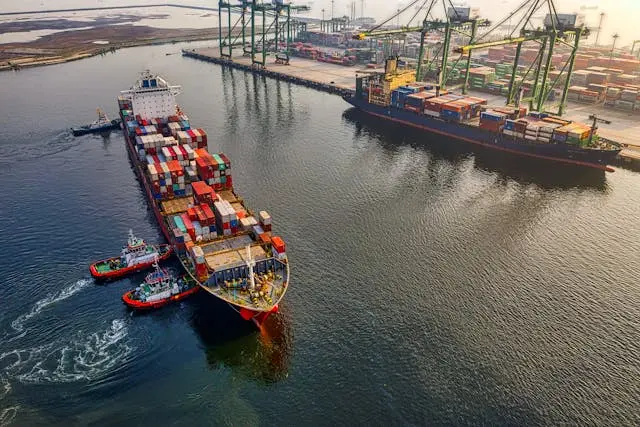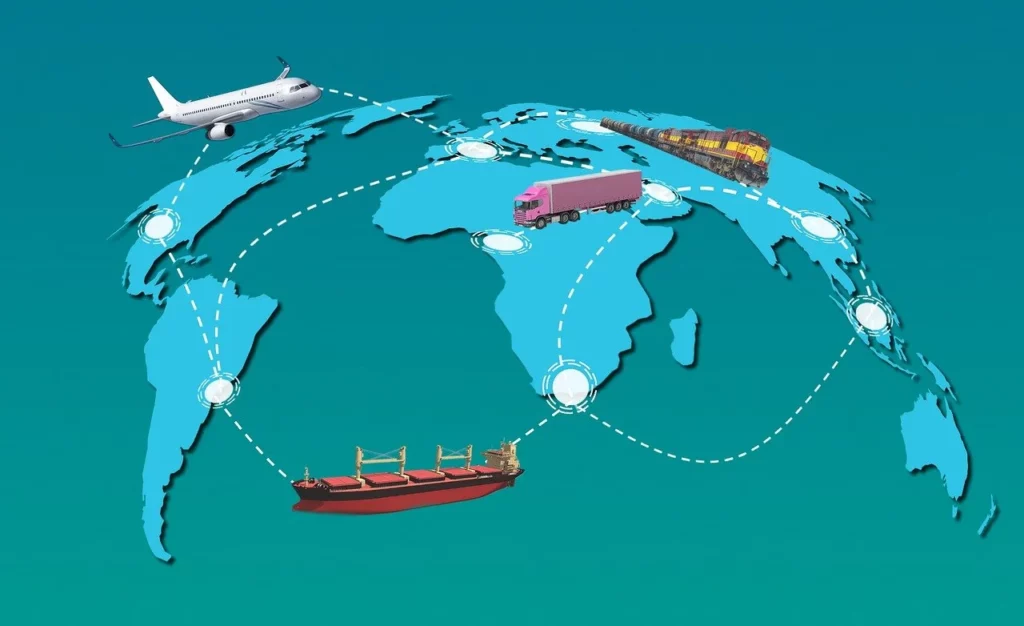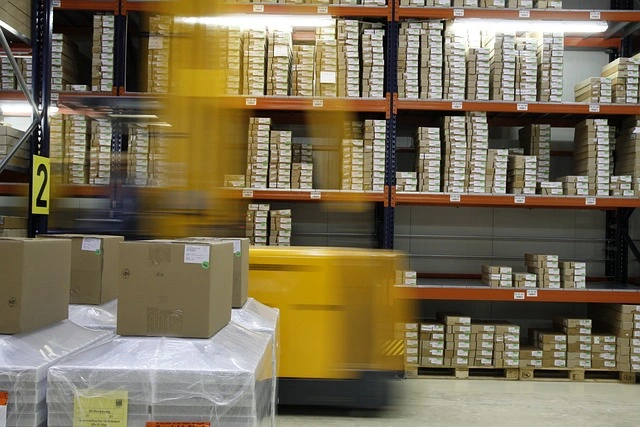The idea of a sustainable supply chain can seem like a great task in a world where time seems to be of the essence and enterprises are always in a rush to meet market demands. However as time has gone on, I have found that this method is not only practical but also really advantageous. We want to discuss the value of sustainability in the supply chain, its advantages, and the challenges businesses encounter in implementing it in this article.
Read also: Top 7 Advantages of Outsourced Warehousing for Businesses
What is a sustainable supply chain?
First things first, it’s critical to comprehend what constitutes a sustainable supply chain. In summary, it is a system designed to reduce its impact on the environment, encourage ethical and moral business practices, and guarantee that goods are delivered to customers quickly. Despite the demanding nature of today’s corporate environment, the advantages of this activity well outweigh the challenges involved.
Benefits of a sustainable supply chain
Enhancing the brand of the business is one of the main advantages of implementing a sustainable supply chain. Here, transparency is crucial. Customers are more likely to trust a business that communicates its sustainability practices in an honest and open manner. Furthermore, client trust is extremely crucial in a society where knowledge is spread quickly and environmental consciousness is rising. Customers with knowledge and concern are more inclined to choose businesses that align with their environmental principles.
Respect for the client is important in this situation. Businesses show their concern for the welfare of their customers by providing goods that are made in an ethical and responsible manner. Customers want to know that the things they purchase don’t damage the environment or put workers in dangerous situations. In addition to fostering consumer loyalty, this may create new potential consumers, particularly with conscious shoppers.
In the long run, a sustainable supply chain might also result in considerable cost savings. Sustainable techniques like cutting waste and making optimal use of resources can save energy and materials, even though the initial costs can be high.
Challenges of a sustainable supply chain
However, putting in place a sustainable supply chain is no easy task. Companies have many challenges, the first of which is change resistance. The majority of businesses currently operate with systems that might not be sustainable. This can necessitate large expenditures on training, technology, and even organizational culture adjustments.
The pressure of quarterly results is another barrier. Since many businesses are preoccupied with achieving immediate objectives, it may be challenging to allocate resources toward sustainability, which typically yields longer-term benefits. Though it’s difficult to persuade shareholders that sustainability is a wise investment, we believe the benefits in the long run outweigh the risks.
Another challenge is the worldwide supply chain’s complexity. Products and components can travel the entire globe before reaching the final consumer in today’s globalized society. At every stage of this journey, monitoring and guaranteeing sustainable behaviors might be a difficult but not impossible commitment.
Lastly, a major barrier is the absence of international sustainability laws and norms. It’s possible that certain areas are trailing behind others in enacting strict regulations. Due to this, businesses that aim to be sustainable may find themselves at a competitive disadvantage when compared to those that do not.
Conclusion
In summary, it is difficult but worthwhile to pursue a sustainable supply chain in the fast-paced world of today. A better reputation, financial savings, and consumer respect are among the advantages. But it’s important to remember that challenges like reluctance to change and the need for immediate results can exist. We believe more businesses will choose this course as sustainability becomes more widely recognized. A key component of business going forward will be supply chain sustainability as we shift to a more environmentally conscious future.
Businesses that embrace sustainability can thrive in this new environment, honoring the consumer and helping to create a brighter future for all of us. The world is changing quickly.
At 3PL Links, we are dedicated to sustainable logistics practices that reduce environmental impact and promote ethical business operations. By integrating eco-friendly transportation, waste reduction strategies, and resource optimization, we ensure that your supply chain is both efficient and environmentally responsible. Contact us to enhance your business’s sustainability and contribute to a greener future.














